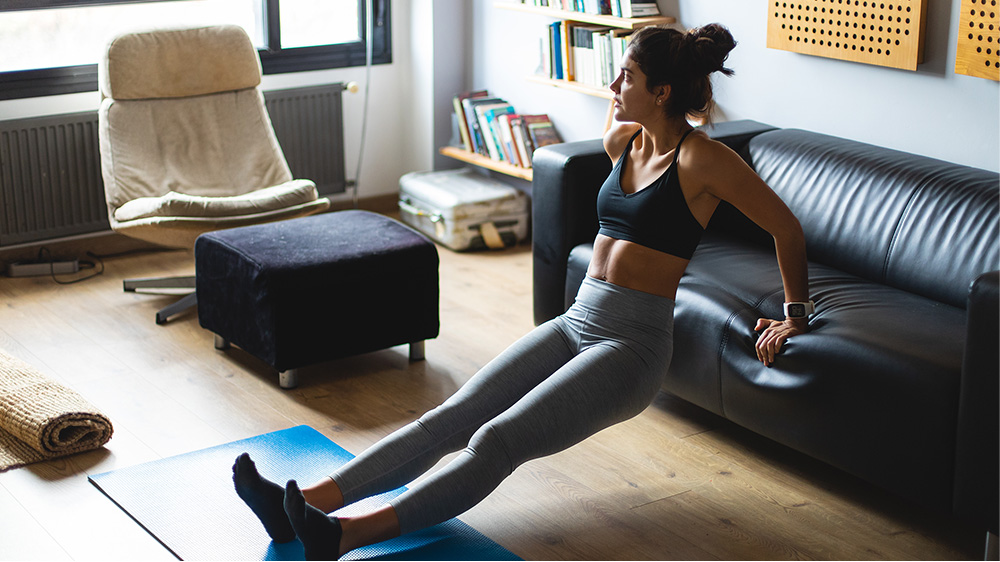
People who regularly exercise two to three times a week have a lower risk for insomnia, and they also are more likely to get the recommended six to nine hours of sleep per night, according to a new study in BMJ Open. (1)
Researchers followed 4,399 people over the course of 10 years. The data came from the European Community Respiratory Health Survey, and the people were from nine countries in Europe. The people were between 39 and 67 years old.
Previous studies have indicated that physical activity helps us get a better quality of sleep and may improve insomnia symptoms.
Researchers looked at the frequency of exercise and how long people worked out at the start of the study. They evaluated insomnia symptoms and daytime sleepiness as well. Participants were classified as physically active if they worked out at least twice or more times per week or one hour per week or more.
More Movement, Better Sleep
Over a 10-year span, 25 percent of participants were persistently active and 37 percent were persistently inactive. Of them, 18 percent became physically active and 20 percent became inactive during that time period.
People who were persistently active were 42 percent less likely to have a hard time getting to sleep, 22 percent were less likely to have any insomnia symptoms, and 40 percent were less likely to have two or three symptoms of insomnia.
Persistently active folks were 55 percent more likely to sleep normally and 52 percent less likely to sleep more than nine hours per night. Those who became active were 21 percent to be normal sleepers compared to those who were regularly inactive.
The regular fitness buffs were more likely to be young, male, be working, and weigh less; they were also less likely to be smokers. Consistently physically active participants were most likely to be normal sleepers while the persistently inactive were least likely to be in that category. They were less likely to have a hard time getting to sleep, sleeping under six hours, or sleeping over nine hours.
“Our results are in line with previous studies that have shown the beneficial effect of [physical activity] on symptoms of insomnia, but the current study additionally shows the importance of consistency in exercising over time, because the association was lost for initially active subjects who became inactive,” the authors wrote.
How Fitness May Improve Sleep
Erla Bjornsdottir, PhD, a psychologist from Iceland and lead author of the study, told Sleepopolis that many mechanisms cause exercise to lower the risk of insomnia.
Working out regulates circadian rhythms, reduces stress levels and promotes thermoregulation, which facilitates the transition to sleep by lowering body temperature. Exercising also stimulates the release of neurotransmitters associated with relaxation and mood improvement. Working out lowers arousal levels and relieves pain, making it easier to relax and fall asleep, Bjornsdottir explained.
”Overall, regular physical activity is an essential component of good sleep hygiene and is recommended for improving sleep quality and reducing the risk of insomnia, ” Bjornsdottir said.
Exercising for Better Sleep
While there is strong evidence to suggest that regular physical activity can improve sleep quality and reduce the risk of insomnia, the extent to which becoming more active can specifically alleviate insomnia symptoms on an individual level may vary, Bjornsdottir noted.
Bjornsdottir pointed out that exercise can be a valuable tool for managing insomnia, but it’s a standalone solution for everyone. Some individuals may require additional interventions, such as cognitive-behavioral therapy for insomnia, to address underlying medical or psychological factors contributing to insomnia.
Different types of exercise can affect sleep, but the study didn’t specify which kind may be better than another, if any. Remember that vigorous physical activity close to bedtime can increase alertness, heart rate, and body temperature, making it more challenging to relax and fall asleep.
“Ultimately, the best type of exercise for improving sleep may vary among individuals, and choosing activities that are enjoyable and sustainable is key to reaping the sleep-promoting benefits of physical activity,“ Bjornsdottir said.
Going forward, Bjornsdottir said that starting or ramping up exercise is a “good idea” for people who have trouble sleeping.
“It’s important to start out slowly, pay attention to your body’s signals, and modify your routine as necessary,“ Bjornsdottir said. “Make exercise a regular part of your schedule; consistency is key.“
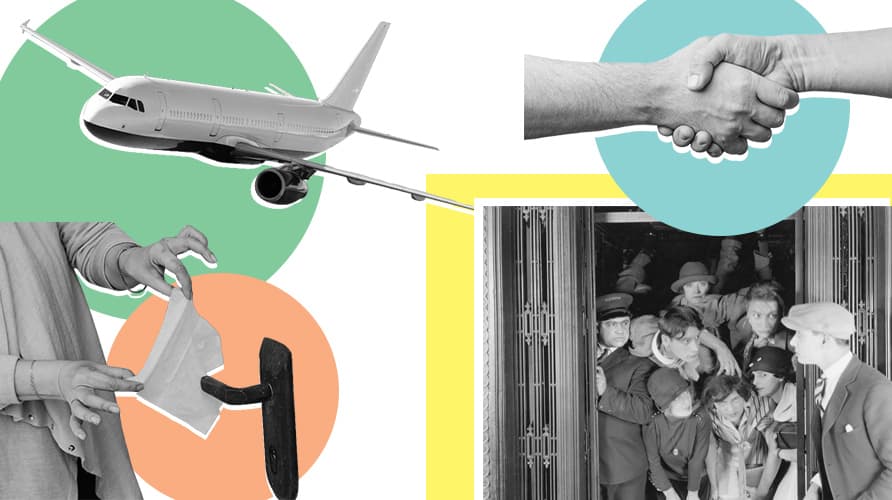
How Does Anxiety Affect Your Sleep?
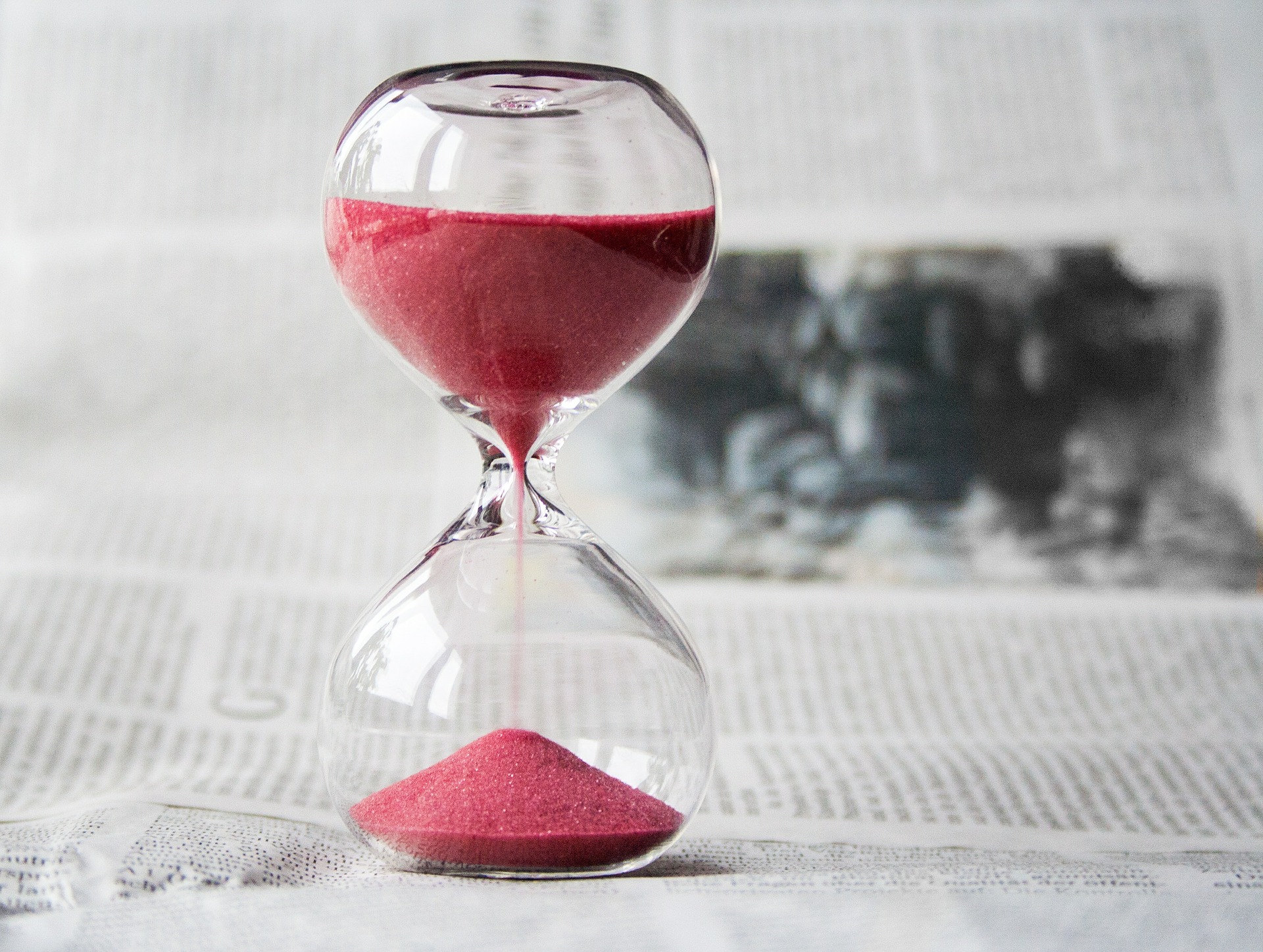
Circadian Sleep: What It Is, Why It Matters, and How to Get More of It
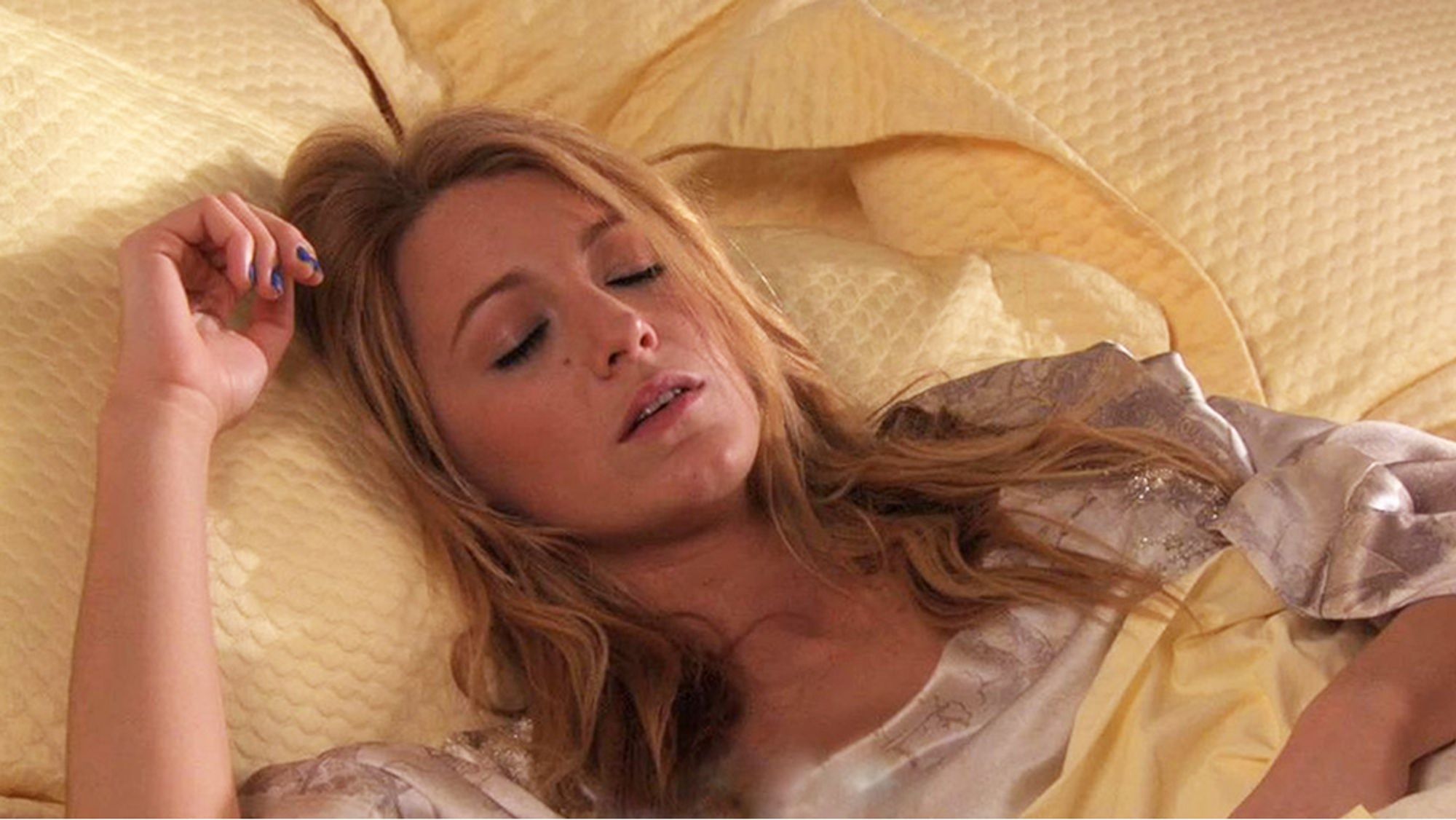
Blake Lively’s Trainer Explains How the Star’s Sleep Habits Help Enhance Her Exercise Routine
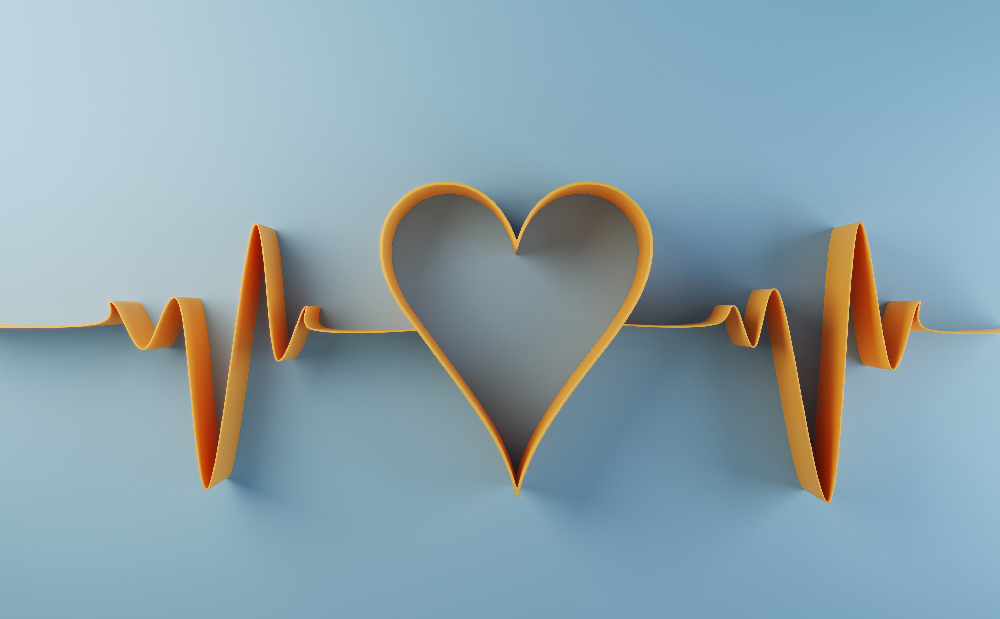
A Guide to Sleep and Heart Health
Sources
1. Bjornsdottir E, Thorarinsdottir EH, Lindberg E, et alAssociation between physical activity over a 10-year period and current insomnia symptoms, sleep duration and daytime sleepiness: a European population-based studyBMJ Open 2024;14:e067197. doi: 10.1136/bmjopen-2022-067197
Bjornsdottir, Erla. Author interview. March 2024.
